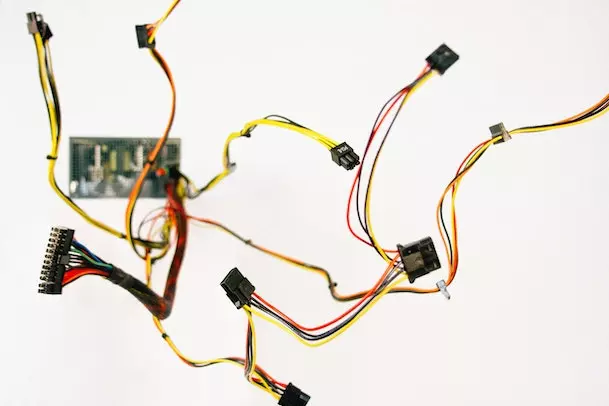By the time 2022 comes around, about 1.1 trillion U.S. dollars will be spent on Internet of Things (IoT) devices.
But what exactly is IoT, and how has it managed to become such a hot ticket item?

As we begin the transition into 2021, the spotlight on evolving technology has been intensified as the dependence on electronic machines, systems and media have only grown within the last year alone.
Not only is evolving tech slated to do exceedingly well in the new year, but it’s also envisioned to change the course for businesses that utilize any machine that depends on internet connectivity.
Below, we’ve described two of these new evolving technologies guaranteed to make an impact in 2021 — and sequentially — in the future.
The world of the Internet of Things (IoT)
The Internet of Things (IoT) isn’t necessarily a physical object itself. It’s a network.
It’s the term for the billions of devices that rely on internet access to function. Hence its name — the Internet of Things.
These WiFi-enabled devices have the ability to connect and share data with each other (think of your smartwatch and mobile phone), creating a giant network of computers, phones, home appliances, cars and just about any other internet-capable device.

About 50 billion of these IoT devices will be in use by 2030, as forecasted by Statista.
Since a considerable component of IoT is its data-sharing features, businesses can take advantage of their IoT devices to enact more profitable measures.
This includes things like cutting down on spending, bettering customer relations and improving efficiency.
One example of IoT software is hassle-free and productive inventory management.
When mishandled, inventory problems such as order delays and wasted stock can easily occur. Luckily, businesses have found a solution to this — implementing IoT software in their distribution centers and other depositories.
Automated software lessens the chance of running into issues with inventory as it monitors all of its aspects, leaving you with less potential costs and more additional time for your employees.

This is just one out of the many instances of how IoT can lead to better business models. Its streamlined process results in heightened productivity and enhanced customer experiences, ultimately driving more sales.
The resilience of Machine Vision (MV)
Another innovation making its way through the ranks is machine vision (MV).
Just like its name suggests, machine vision is best described in its simplest terms as the “eyes” of a machine.
By using image capture, systems can analyze digital data with a camera to decide what course of action needs to take place in order to solve or prevent an issue from occurring.
Any business that relies on manufacturing can benefit greatly from machine vision. Its software is incredibly flexible, meaning it can be perfectly tailored to meet your needs.
Tasks like sorting packages and inspecting defects can all be done autonomously, which results in a faster and more accurate process than if it were to be done with humans.

Non-heavy industry businesses can find that machine vision works for them as well, as new modern mechanics have resulted in these systems becoming more adaptable to contemporary methods. For example, there are currently apps that will turn your mobile phone into a portable machine vision system.
Overall, these systems aid in greater and more efficient processes, which every business, big or small, can benefit from.
Is your business in need of a digital upgrade? We’re an integrated marketing agency that can help you do just that. From content creation to API integration, we’ll transform your business for the better. Let’s connect!













Leave a Comment
Comments (0)